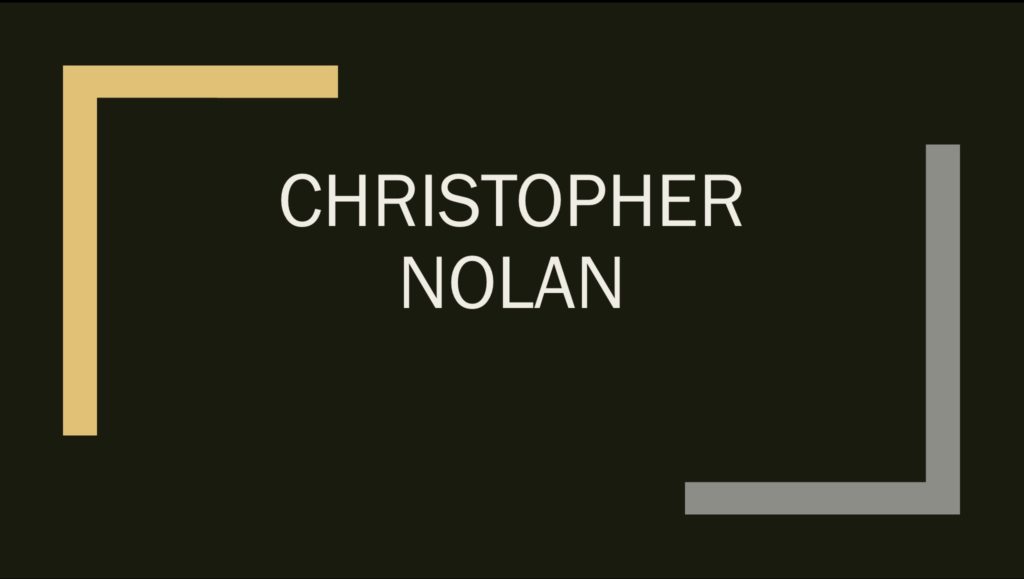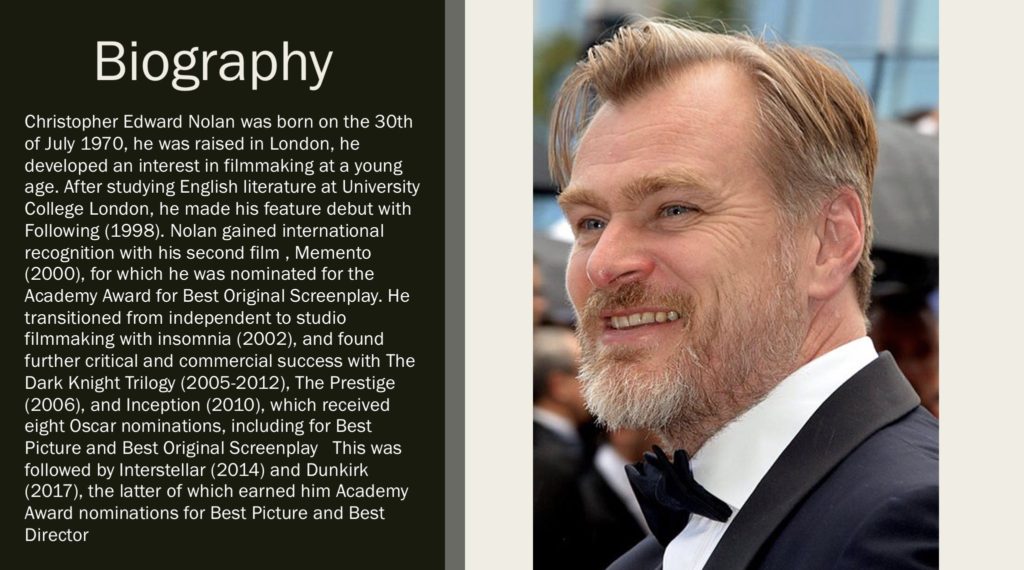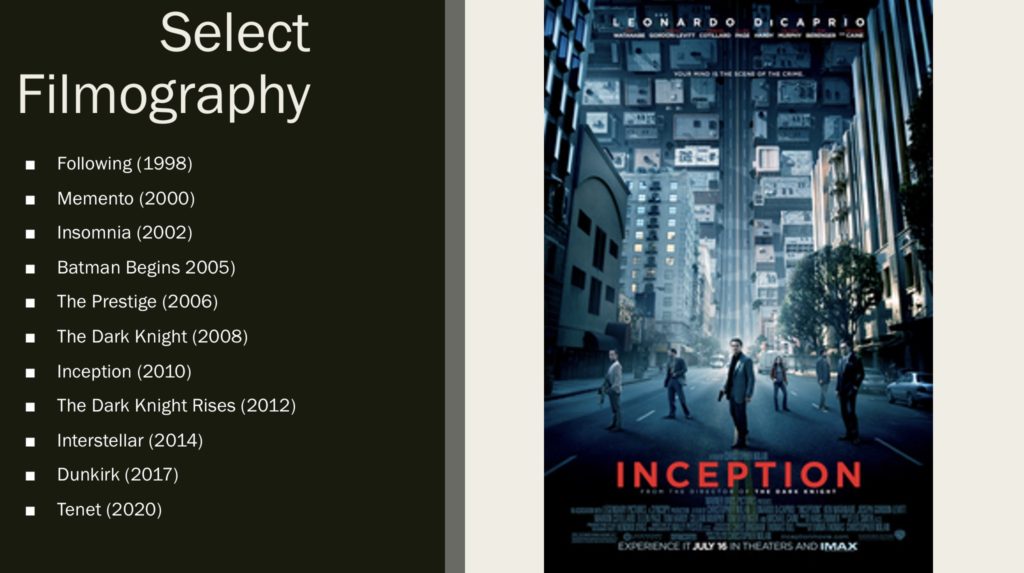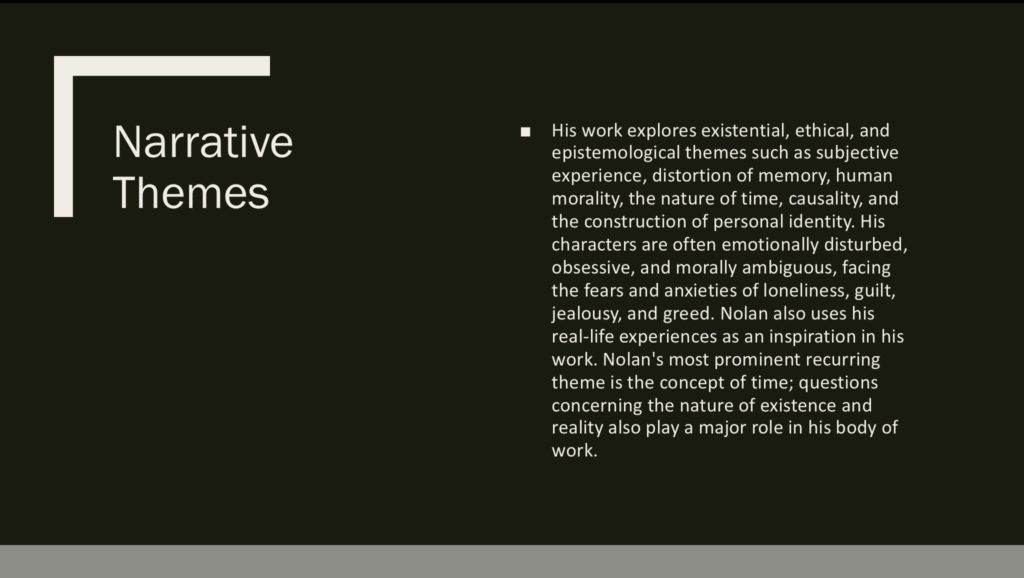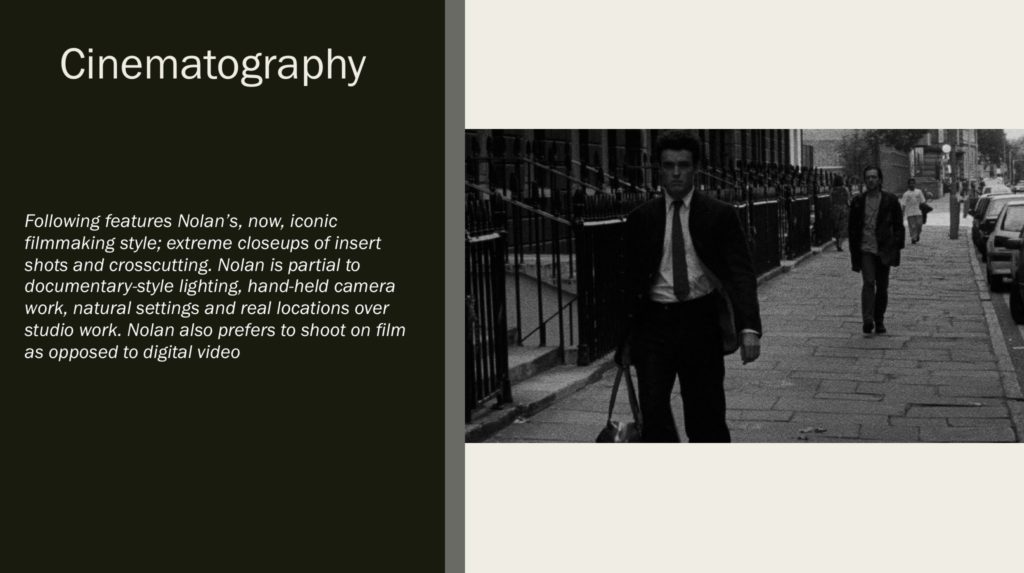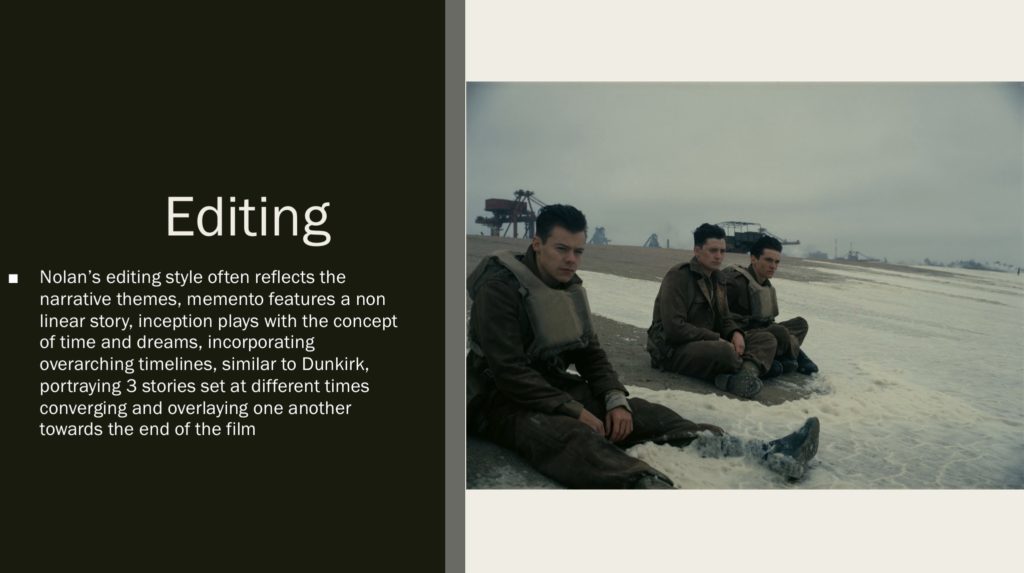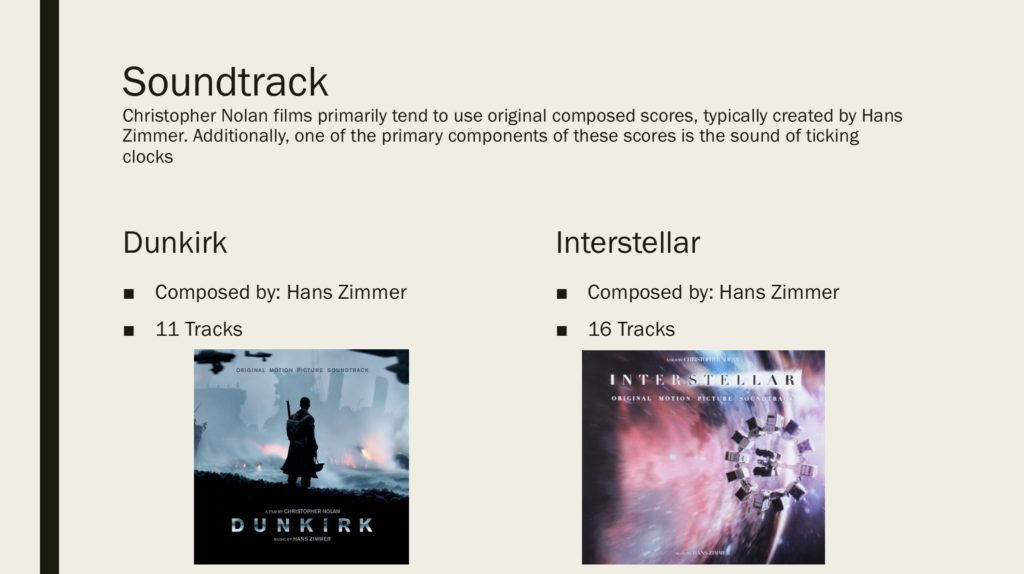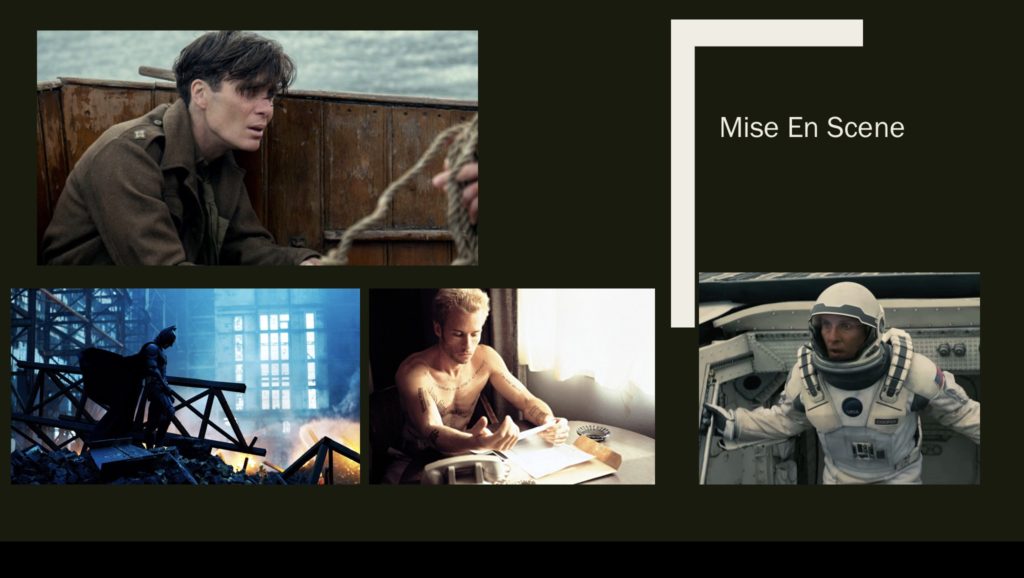What were the key narrative and technical conventions of the French new wave approach to film making?
The French new wave was aimed at making cinema more personal by focusing on the directors life experiences and philosophies. The French new wave brought the theory of the ‘camera style’ which was the theory and belief that a director should use his camera the same way a writer would use his pen. Furthermore, the French new wave followed the idea of ‘show don’t tell’ within their editing techniques. If the setting had changed within shots then typically in Hollywood there would be a dissolve edit to transition the scene into the next one. However with the French new wave movement they decided to just simply cut to the next shot without having to give to much background information etc.
In what way did Godard conscioulsy challenge the established conventions of cinematography and editing?
Jean-Luc Godard was extremely innovative within cinema, from using a wheelchair to shoot a tracking shot to switching back and forth from black and white to colour shots. Within editing, Godard would leave in the beginning of shots where he is calling action. This was an extremely different concept and helped not only in breaking the fourth wall but also in helping the audience understand the relationship between the director and the actor. Similar to Brecht in theatre, Godard wants his viewers to be actively thinking and to critically watch his films. Furthermore Godard also challenged the established conventions of cinematography by not always directly showing what was taking place. For example in one of Godards films, he shows a car crash has happened by editing the sound of a crash over a panning shot of a deceased characters letter. He would also track back and forth between characters in conversation to represent their conversation as being similar to a tennis game. Within Godards ‘Breathless’ the majority of the shots are filmed with the cinematographers hands and only using natural light. In many of the breathless scenes the actor is looking directly down the lense, creating a more personal tone for the viewer. This personal tone is also furthered by Godard by the way in which he didn’t strictly stick to a script and instead allowed his actors to constantly improvise in order to make it feel more natural.



